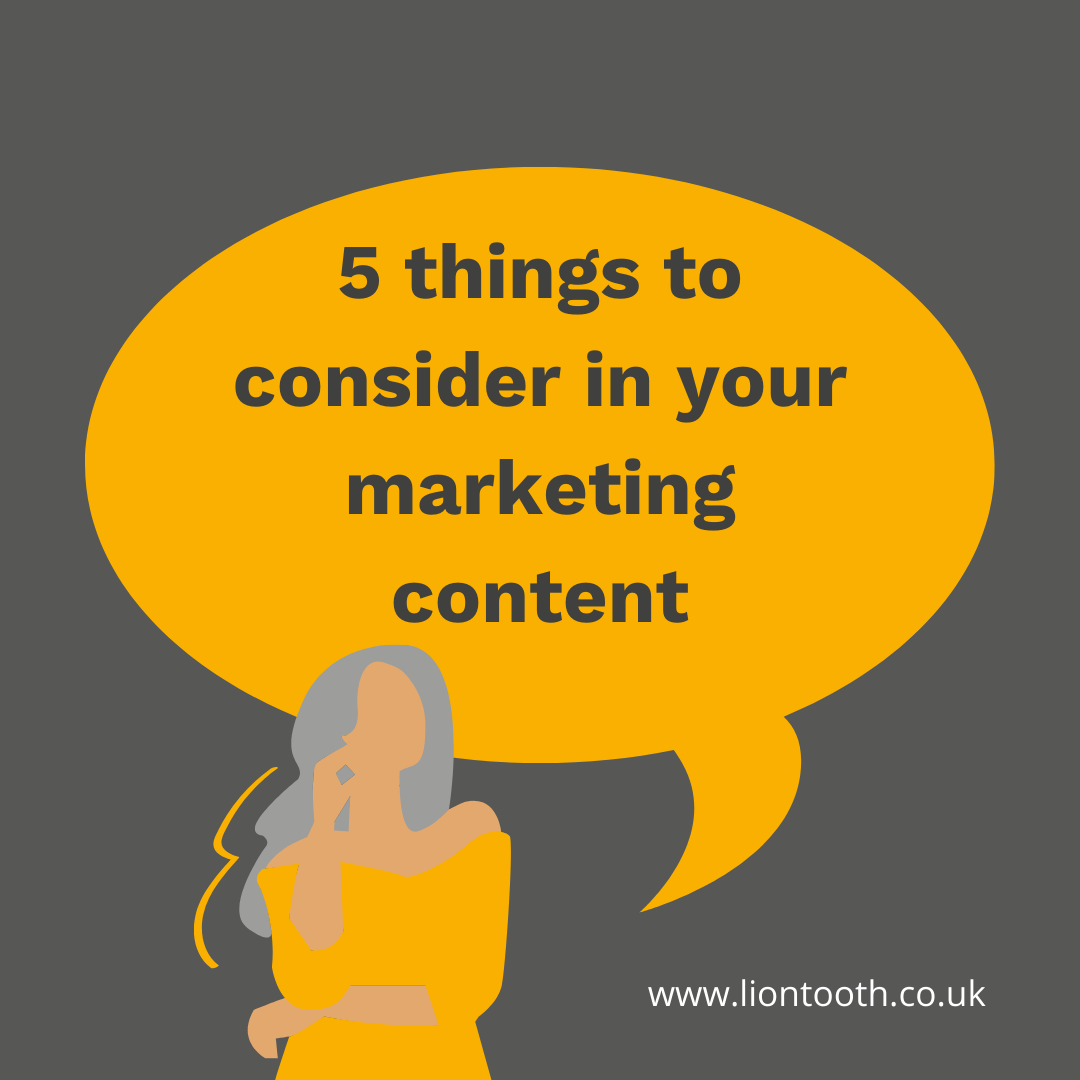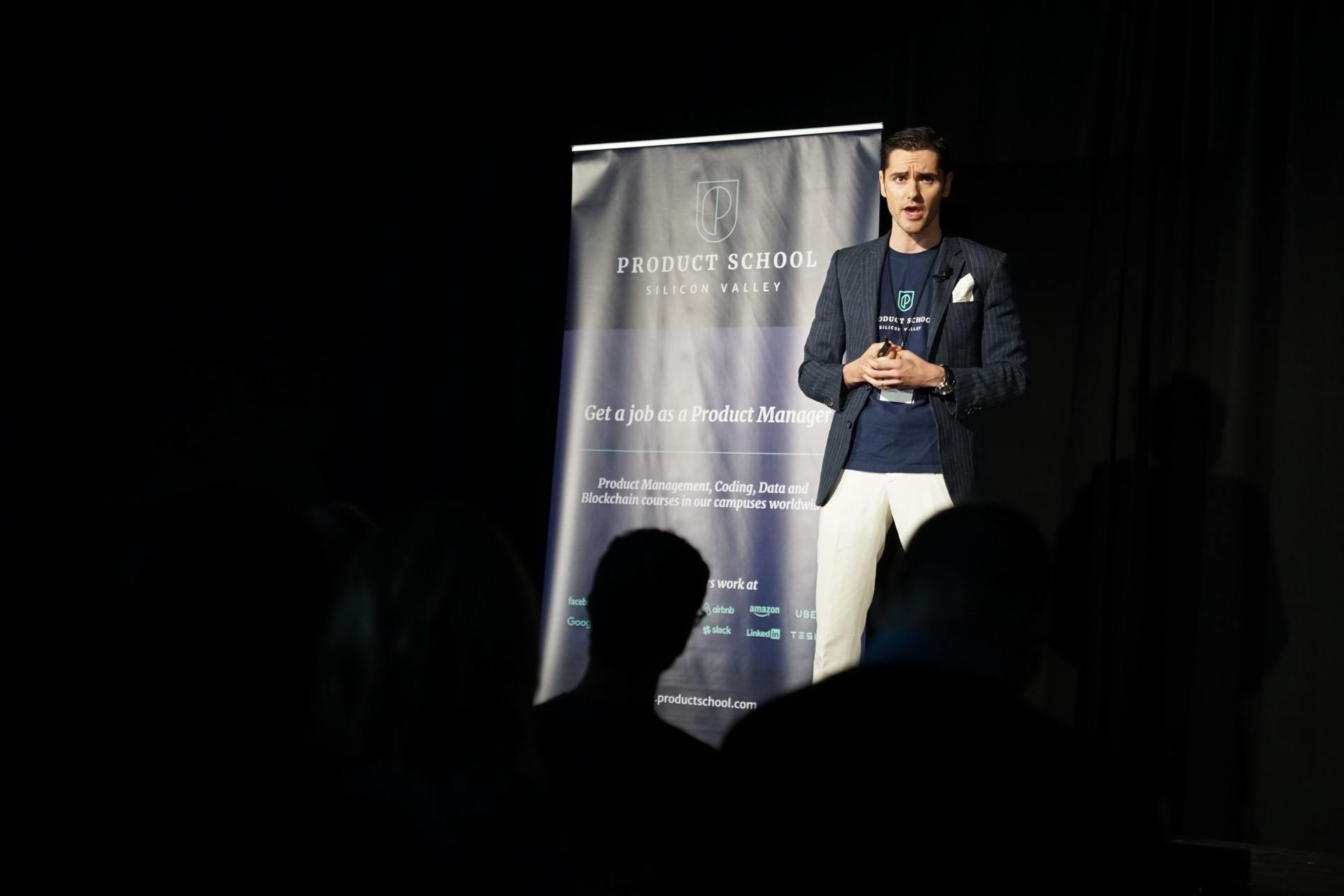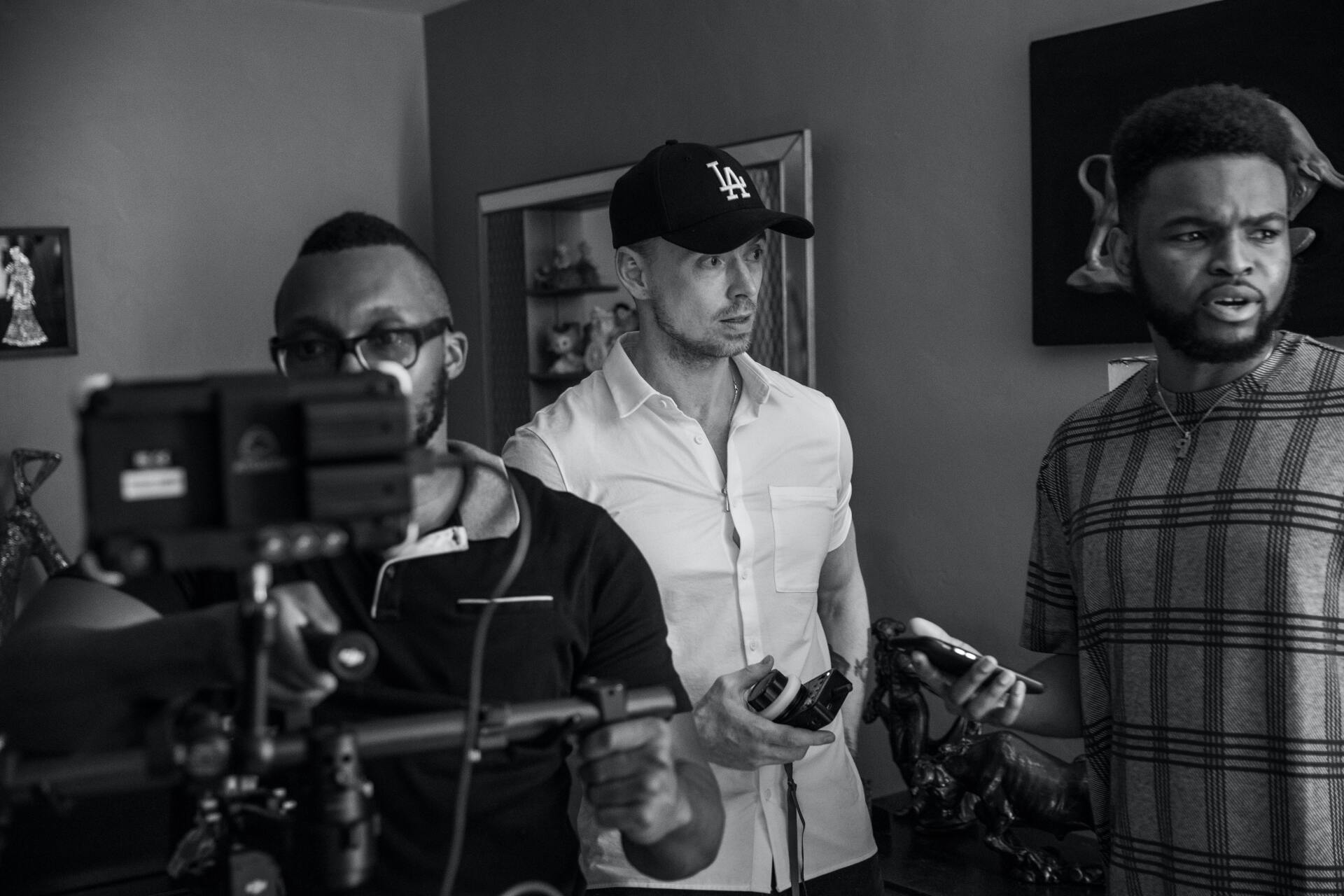
Insights, Inspiration & Practical Guidance
Welcome to our thought leadership hub, where we share ideas, tips and guidance for founder-led P&P development businesses.
Here, you’ll find articles on brand strategy, psychology-informed marketing, personal and professional development and ways to make your expertise stand out.
Whether you’re looking for actionable advice, fresh perspectives, or inspiration to grow your business with confidence, our insights are designed to help you communicate your value clearly and consistently.

Marketing on a tight budget? You’re not alone and you’re not out of options!
In this post, I break down exactly how small businesses can market themselves effectively without spending a fortune. From getting clear on your strategy to making the most of organic content, I’ll show you how to cut through the noise and get results that matter.
💡 Whether you're just starting out or trying to stretch every pound of your
👉 If you're a small business owner who wants to market with confidence, clarity, and results - this one's for you.
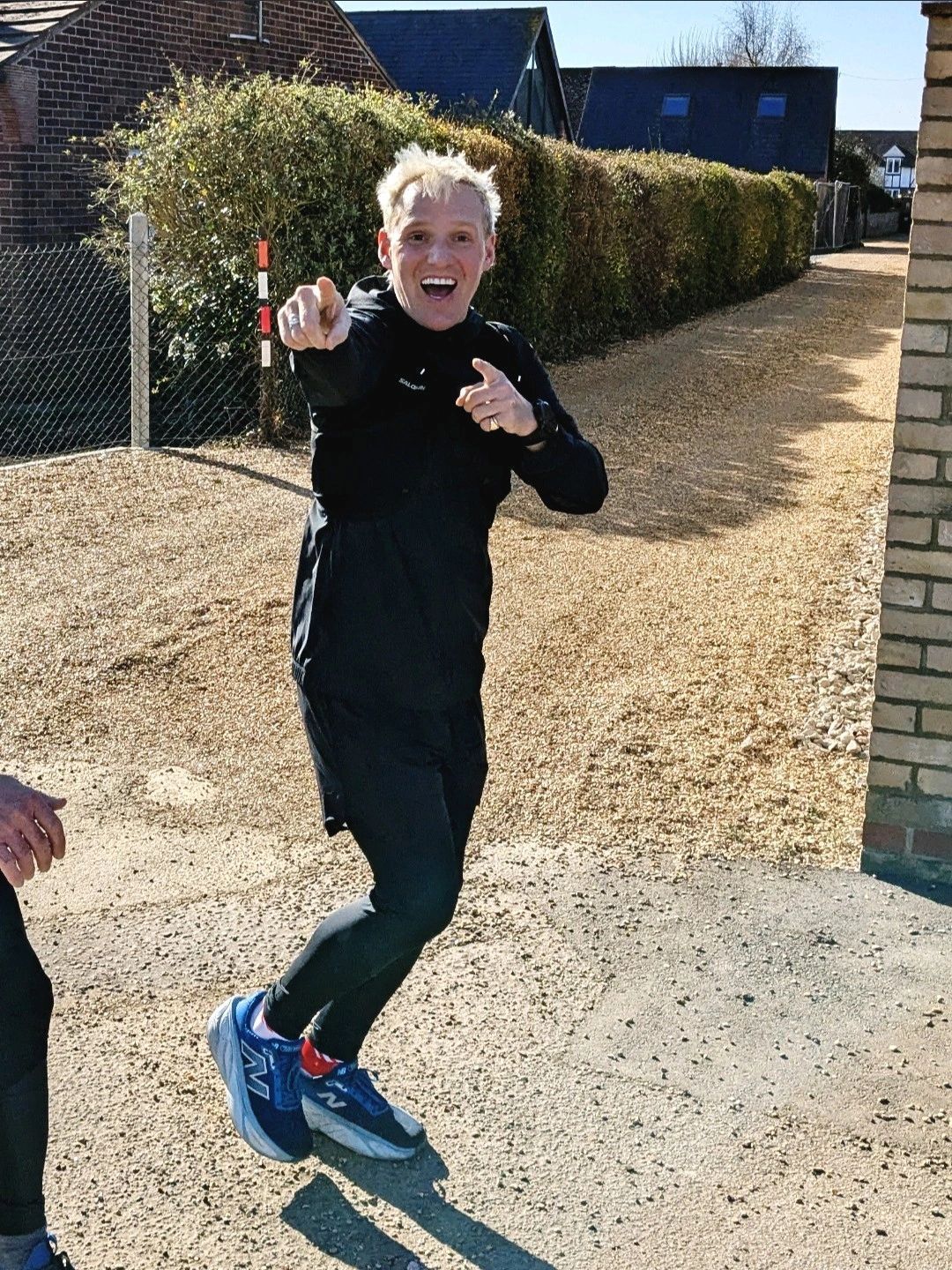
I've been thinking a lot about someone so I wanted to share my thoughts... Jamie Laing - before you roll your eyes and scroll on, hear me out. (I know, the photo gave away my cliff hanger!) You may have been one of the 50,000+ people that saw my LinkedIn post last week, very much a throw away passing comment, essentially, to say I drove past Jamie Laing on my way home from the school run whilst he was on his fundraising mission for Children In Need. I followed the story closely last week, quite hooked on his progress and whether or not he would make it. I'm not a celebrity-obsessed person and I rarely engage with anything celebrities do but last week was different and I'm sure I'm not the only one. I believe that many people didn't know he was even embarking on that challenge until last week - I didn't and I listen to Radio 1 daily! I also believe there's a lot of people that either don't know who Jamie Laing is or do know and don't particularly like him - we can't please everyone! So, what was it about his fundraising effort that gripped the nation and led to him raising over £2m?! It's all about the story. And *this* is a great example of marketing done well - with an emphasis on storytelling and humanising your brand. His fundraising effort, backed by BBC Radio 1 coverage, provides a perfect case study on the power of storytelling in marketing. His journey emphasised his struggle, determination, vulnerability and honesty and that played a pivotal role in engaging the public emotionally and driving donations. If his personal narrative hadn’t been shared so openly, it’s unlikely that such a significant amount would have been raised. This is something I've also experienced in fundraising efforts that I've been involved in and it makes all the difference but it takes strength to be vulnerable, and I'll always admire those who found the strength to tell their story (you know who you are 💛). Here's what we can learn about the value of storytelling in marketing: Emotional connection drives action : Jamie's story wasn't just about asking for donations; it was about sharing his personal experience and struggles throughout last week. People are more likely to connect with a cause when they can empathise with the storyteller. In marketing, emotional engagement creates a bond between the audience and the brand, making them more likely to engage. Vulnerability builds trust : By being honest and vulnerable about his efforts and the challenges he faced, Jamie Laing built trust with the Radio 1 listeners. Vulnerability *humanises* a brand. In marketing, being transparent and acknowledging (and addressing!) flaws can enhance credibility and build a stronger, more authentic relationship with consumers. Narrative creates value : Jamie Laing didn’t just promote an event, he shared a compelling and authentic story about his commitment. In marketing, your story can be the difference between blending in and standing out. Crafting a narrative around your brand or product creates meaning, making it more likely to stick in the minds of consumers. Great - now how can you implement this in your marketing? If you have ever worked with me, you'll have heard me going on about the importance of authenticity. This applies to everything from branding to customer service. If a brand is transparent about its processes, challenges and goals, customers are more likely to engage and support it. Emotion drives engagement - whether it’s a product, service or cause, storytelling can create an emotional connection that compels action. Consistent storytelling over time, where customers can see growth and commitment, helps keep them invested. So basically, Jamie Laing’s Children In Need campaign demonstrated that storytelling - driven by vulnerability, determination and honesty, was the key to the level of success in his fundraising last week. For marketers, it highlights that connecting with people on an emotional level, telling authentic stories and leveraging the right platforms can make all the difference in achieving success. It can feel difficult to build emotion into corporate marketing but there's ALWAYS room to be human. Does your brand feel a bit fuzzy? Let’s fix that. The Define & Align Workshop is designed to bring clarity, structure and purpose to your brand- fast.
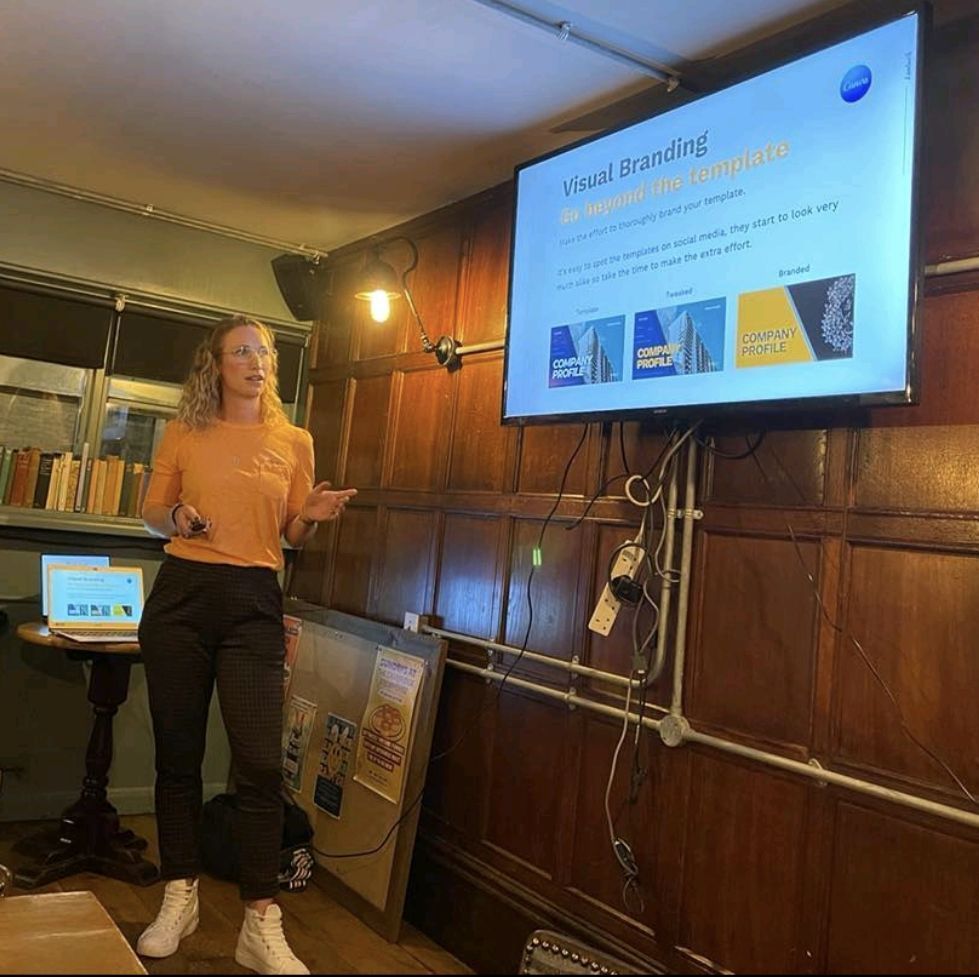
Sometimes I'll get a message to my inbox referencing my marketing agency 👀 God no! I'm not an agency! No . Sorry, no. I'm a 1.5-person band. (The other half is my husband who's a silent partner, providing the incredible design skills). I don't want to be thought of as a marketing agency. For me it has connotations of frustration, waiting, chasing, and to be fair, more often than not incredible results but still. I'm a no-nonsense , to the point communicator . I like to be efficient and get stuff done and that includes getting results for my clients . I like the fact I'm basically flying solo with this, it's easy. It's straightforward. It's DONE. Let me give you context and insight... I have experience with agencies from BOTH sides - I've been the client AND the service provider. Honestly, I had challenges with both. See if anything sounds familiar: From a client perspective , my biggest frustrations were always... The huge bill. Sorry guys, I always found it eye watering even though I wasn't paying! Not being able to get hold of my point of contact and waiting whilst others frantically ran around trying to get answers for me. I felt bad for (and frustrated about) the person playing piggy in the middle. I couldn't speak to Studio to get answers or explanations about design issues/challenges/restrictions. Information was often lost in transit. As the service provider , (for me) these were my biggest frustrations... There too many systems and processes that got in the way of me just getting on and providing the level of service I wanted to. Too many other cogs in the wheel slowing down the process. Too many hoops to jump through and restrictions.

It can seem like an impossible task to gain and maintain the interest of your target audience but this is where that groundwork and research comes into its own and really pays dividends. If you have been watching my videos and reading my previous blog posts, you will now be very familiar with my mantra about knowing your audience but just in case you’ve managed to avoid it all completely (where have you been?!) I’ll do a quick re-cap but I’d also recommend looking back through some previous posts and videos on my social media. So, basically, you really need to do your research… Before launching your brand, you should know who you’re targeting: o Are they male or female? o How old are they? o What do they do for a living? o Who do they live with? o Do they own a home/rent/live with parents? o How many rooms in their property? o What kind of car do they have? o What’s their disposable income like? o Are they sociable? Where and when do they socialise? Where and when do they spend their time online? o Do they work? Full time/part time? o What’s their relationship status? o How do they dress? o What do they spend their disposable income on? o Are they family-oriented? o Do they have pets? o Where and when do they holiday? o How often do they get their hair cut? Some of this might seem a bit OTT and to be honest, depending on the kind of product or service you’re offering, some of this will be OTT but if you’re selling fashion or beauty products for example, all of this information will help to build a really clear picture in your mind of who you’re talking to. This is your IDEAL CLIENT AVATAR . You might have heard of this before or seen the acronym ICA dotted about in marketing circles. It can seem like a LOT but it you can get all of this clear in your mind, you will be able to know what will peak and hold your target audience’s interest. It’s really important to be aware of the kind of person you’re trying to reach with your messages and content. If you’re still not convinced let me demonstrate with a few examples - see below...

You really need to know who you’re talking to in your content marketing. Not just, aged 25-35 and likes beauty products. You need to REALLY understand their financial circumstances, their personality, what their social situation is like, if they ever have any free time, when it is and how they spend it?

Market segmentation is something that's key to successful marketing. You'll often hear people say "imagine your target audience as one person" but it's not always that simple. If you offer a range of products or services that appeal to a range of people, there's no point in trying to imagine one monstrous amalgamation of all of those needs and personality traits. Effective market segmentation is the process of splitting and grouping your target market according to similar wants, needs, values and characteristics. In doing this, you are creating more manageable and realistic sub-markets for you to better target through refined means. The benefits of segmenting your market include: - Stronger marketing messages - Advertising can be more targeted - Strengthened brand affinity - More effective marketing tactics - Better quality leads and as a result, higher conversion rate - Clearer differentiation from competitors - More focused marketing planning As you can see, from a business perspective, segmenting your market will lead to streamlined processes and as a result, less wasted spend and higher returns on the money you do invest. There are various types of segmentation: - Demographic - Geographic - Behavioural - Psychographic Demographic market segmentation considers characteristics such as age, gender, race, income, location, finances, education and cultural background. By considering and grouping according to these factors, you instantly have a group of people who will have similar interests, life experiences, reading abilities and disposable incomes. For example, this means that you can target your higher-end leisure products by advertising in a glossy magazine, reaching people with more disposable income and more free time on their hands (at a very obvious and basic level). Geographic market segmentation looks at not just country or postcode, it has bigger implications. By considering the geographical location of your market segments, you can establish groups of urban, suburban or rural audiences, you can be aware of and appreciate cultural implications, weather conditions and much more. There's no point in promoting flip flops to people at the North Pole! Behavioural market segmentation enables you to predict your customers’ actions. There are a number of elements to consider, such as: - Purchasing habits: where, how often and through what means are they buying? - Spending habits: once a month, weekly, special occasions? Not just on your brand but others. - Brand interactions: how frequently and on what platforms are they interacting with your brand? Just via promoted ads, when you put yourself in front of them or are they seeking you out? Psychogr aphic market segmentation is very much more subjective and obtained from in-depth qualitative research, as opposed to running data full of numbers and figures. Establishing an understanding of personality traits will help lead into a better read of your target markets' values, drivers, fears and really shape an understanding of their personality. Here are some things to consider: - Lifestyle - Values - Interests - Motivators - Personality traits - Attitudes - Interests - Drivers - Beliefs How do you approach your marketing? Do you go for a blanket approach and hope it hits the mark with enough people to make it worthwhile or are you really refining and targeting your products, prices, places and promotions? Market segmentation is a big but hugely valuable investment of time. If you would like help with segmenting your market, get in touch. #marketsegmentation #targetmarket #targetaudience #marketingconsultant #freelancemarketer #demographics #psychographics


